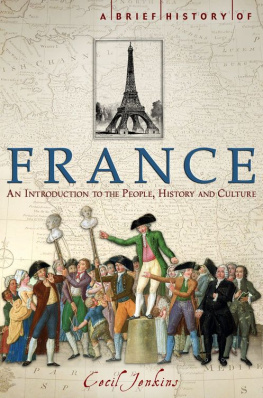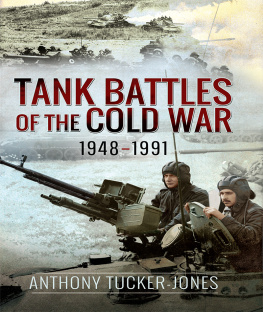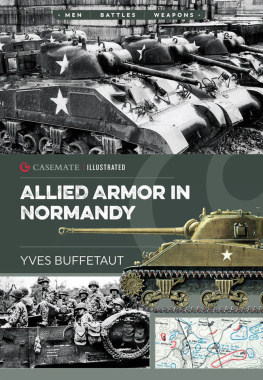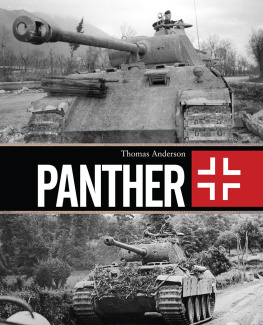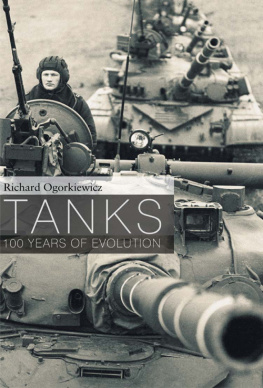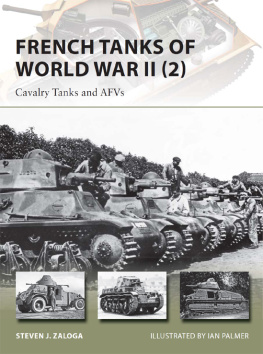Jenkins - Famous Tank Battles & Air Combats
Here you can read online Jenkins - Famous Tank Battles & Air Combats full text of the book (entire story) in english for free. Download pdf and epub, get meaning, cover and reviews about this ebook. year: 2014, publisher: Success First Publishing, genre: History. Description of the work, (preface) as well as reviews are available. Best literature library LitArk.com created for fans of good reading and offers a wide selection of genres:
Romance novel
Science fiction
Adventure
Detective
Science
History
Home and family
Prose
Art
Politics
Computer
Non-fiction
Religion
Business
Children
Humor
Choose a favorite category and find really read worthwhile books. Enjoy immersion in the world of imagination, feel the emotions of the characters or learn something new for yourself, make an fascinating discovery.
Famous Tank Battles & Air Combats: summary, description and annotation
We offer to read an annotation, description, summary or preface (depends on what the author of the book "Famous Tank Battles & Air Combats" wrote himself). If you haven't found the necessary information about the book — write in the comments, we will try to find it.
Famous Tank Battles & Famous Air Combats of WWIIWhen one considers todays military forces, it is hard to imagine war being fought without tanks. However, up until World War II, tanks were unheard of on the battlefield. In fact, they had not been developed yet, but once they came into existence, it changed war forever. This book outlines the development of various types of tanks, both successful and unsuccessful, as well as the famous battles that were driven by these machines. Get your copy today and see how the tide of warfare was forever changed.Heres a Preview of What You Will Learn
- The origins of armored warfare
- Development of tanks between the World Wars
- Blitzkrieg strategy
- The Battle of El Alamein
- The Battle of Kursk
World War II was revolutionary in many ways, and the technology that was used is no exception. Aerial warfare had never really been considered as an option up until this war, but once the various factions began developing planes as fighting machines, there was no looking back. This book outlines the development and accomplishments of the different countries as it pertained to airborne combat, as well as some of the renowned flying aces.
Heres a Preview of What You Will Learn- The concepts of dogfighting and bombing
- The origins of military planes
- Air Forces in World War II
- Douglas Bader
- Erich Hartmann
This book is an invaluable resource to the historian and mildly interested alike. Everyone can agree that tanks are an integral part of military might, and this fascinating look into the rise of these machines is important in tracing their historical roots. Gerald D. (Salt Lake City, USA)
Warfare would be a lot different today if it werent for tanks, and this book does a great job of covering their development from the beginning. The battle descriptions were of particular interest to me, as those were the important components of WWII. To find out that they were fought largely by tank forces was intriguing. Robert P. (Springfield, USA)
I am continually amazed at how much of our modern world was influenced by things that took place in and around the time of World War II. It is difficult to imagine a military force without an aerial component, and we have this war to credit for that. The accounts of the lives of the famous flying aces were fascinating. Luigi V. (Venice, Italy)
What a fine, detailed look at the origins of this important military technology. The rundown of the different types of planes, their equipment, and strengths and weaknesses was thorough yet readable. It is easy to see how the tide of the war changed based on the strength of each factions Air Forces. Thomas P. (Wales, UK)
Tags: World War 2, WW2, WWII tanks, World War II, WWII, tanks, military, weaponry, tank warfare, Aircraft, WWII planes, airborne combat, aerial warfare, war, military planes
Jenkins: author's other books
Who wrote Famous Tank Battles & Air Combats? Find out the surname, the name of the author of the book and a list of all author's works by series.



